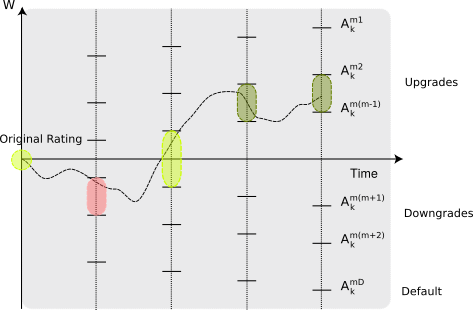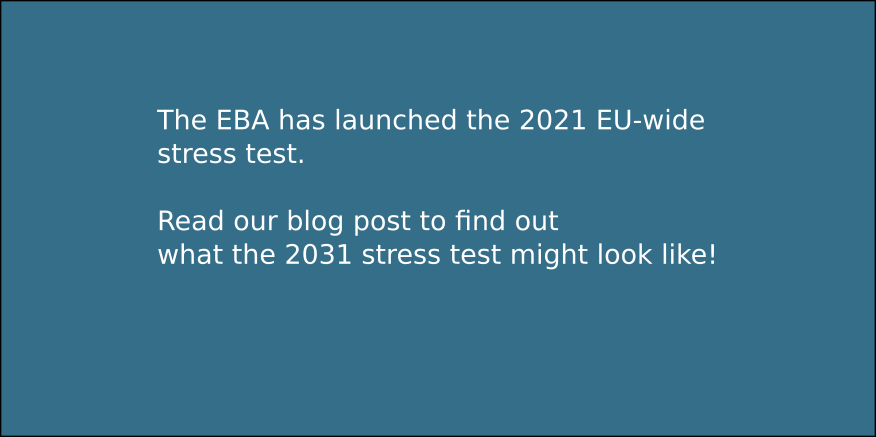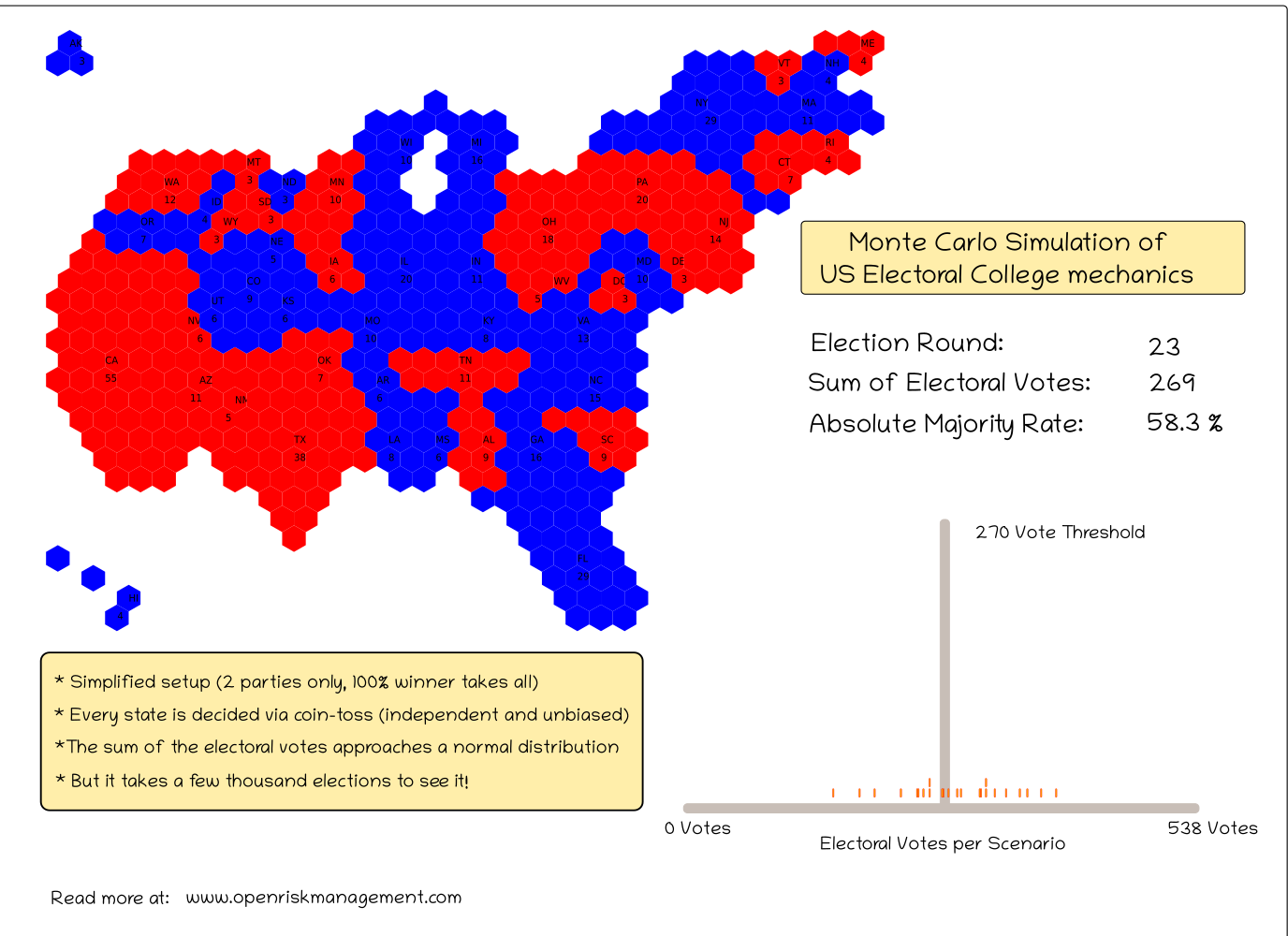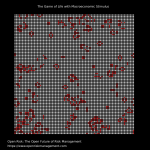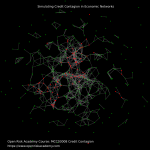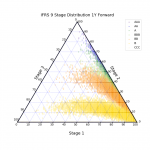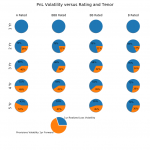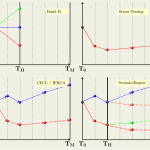
The Green Public Procurement Challenge (Online Game)
In this post we introduce a new online game that aims to familiarise with various challenging aspects of Green Public Procurement
Motivation
The substantial potential of Green Public Procurement towards achieving sustainability objectives is well known. But the transition process involves significant complexity and implementation barriers. The combination of diverse categories of products and services, each with their own specific sustainability and knowledge requirements and the need for augmented organizational capacities to handle expanded information flows is a formidable challenge. In a new and free online game we introduce some aspects of these challenges in a simplified, fun setting that helps highlight some of the considerations involved.
